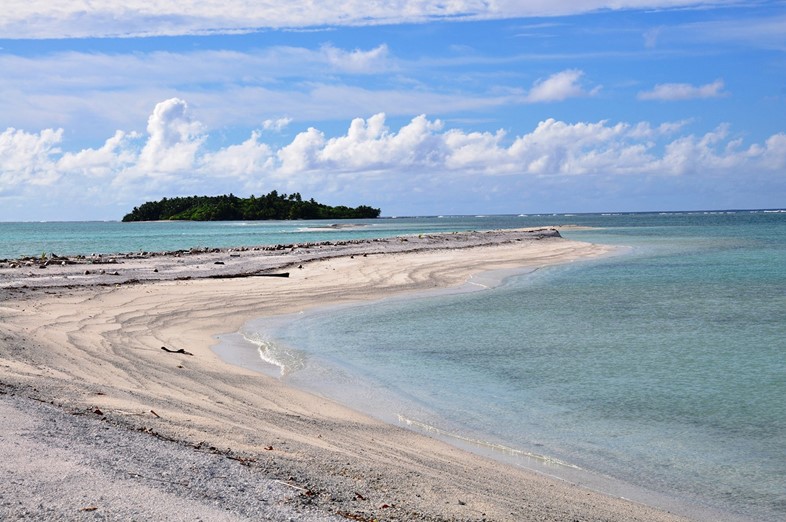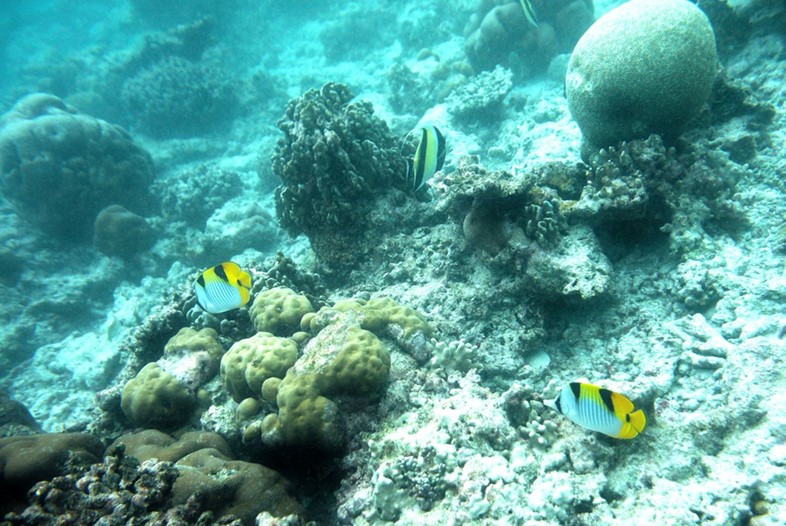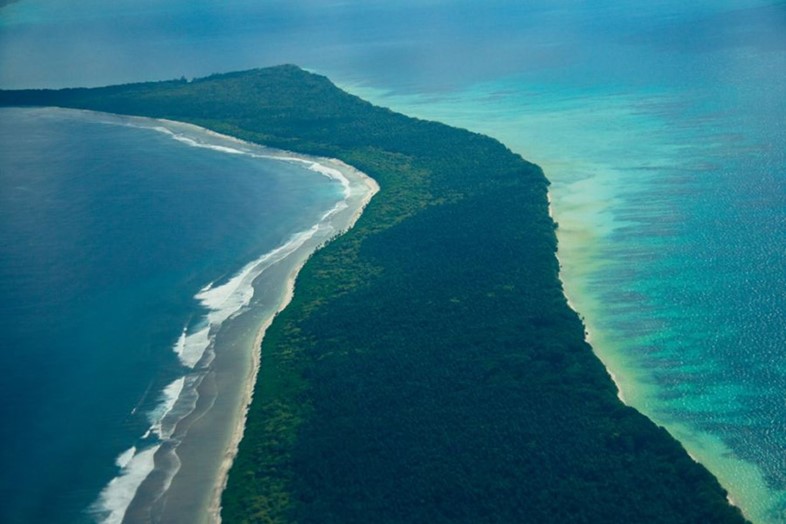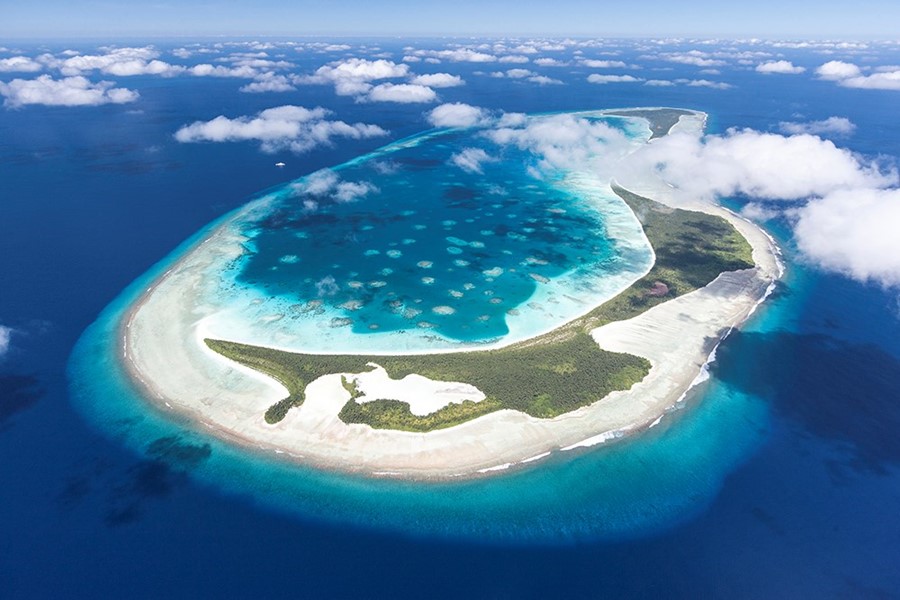super/collider explores the extraordinary Chagos Archipelago, home to the healthiest marine ecosystems on the planet
Where on Earth?
Chagos Archipelago
GPS Coordinates: 6°0′S 71°30′E
For millennia, the coralline rock outcrops now known as the Chagos islands existed in almost total isolation – alone and geologically adrift on the empty Indian Ocean. Too far east of the Seychelles and too far south of the Maldives to be settled, they served as distant life-rafts for lost fisherman and travellers as the other territories slowly evolved into thriving cultures. Amid the archipelago’s crystal clear waters, a teeming abundance of marine life carried on as it had for eons, with coral reefs spawning annually with the full moon and slowly rising. Then, with the arrival of European explorers, things got complicated.

The Portuguese, French and British successively named and claimed the islands, and a native population of fishermen, farmers, slaves and plantation workers emerged, composed mainly of people of Malay, Mauritian, African and Indian ancestry. In the 1960s, at the height of the Cold War, the UK and US set up an Air Force base on the island of Diego Garcia and forcibly expelled the entire population, first to the island of Peros Banhos and then to Mauritius, where they continue to face difficulties thanks to differences in language and skills. Today, the entire archipelago is off-limits except for visiting researchers and military personnel, creating a surreal juxtaposition as high-tech American stealth bombers glide in to land above the untouched, sparkling coral ecosystems.

What on Earth?
While the military base itself has been criticised for dumping waste, the wider archipelago has been protected since 2010 as the world’s largest marine reserve, and remains a massive, pristine paradise covering 640,000 square kilometres of ocean – an area the size of France. This protection has proven controversial, with some accusing Britain of using the environment as an excuse to keep the islands depopulated. Last year, the Permanent Court of Arbitration in the Hague ruled that the Marine Protected Area violates international law, and the Chagossians’ struggle to return home continues.
Below the surface, beyond the politics, life is thriving. The Chagos Archipelago is currently one of the healthiest and least polluted marine ecosystems on the planet. Half of the Indian Ocean’s healthy reefs are found there, including the world’s largest coral atoll – the Great Chagos Bank. Home to over 310 coral and a thousand fish species, it also serves as a refuge and breeding ground for endangered sharks, whales, turtles and birds. And that’s just what we know – perched atop a submarine mountain range than stretches north to form the Maldives, the archipelago is surrounded by deep trenches, seamounts and oceanic ridges that are likely home to hundreds or even thousands of undiscovered species.

How on Earth?
Truthfully, getting to Chagos is tricky. If you’re in the UK or US military you might get stationed there, or if you’re a scientist you can apply for a place on an expedition to the islands. If you’re of Chagossian descent and studying something relevant, the Chagos Conservation Trust funds a place for one scholar on each scientific expedition to the islands – for details visit here. If you’re lucky enough to own a yacht, and can prove that a stopover in the archipelago is essential to your safe passage across the Indian Ocean, you can apply for a stay of up to 28 days via the British Foreign & Commonwealth Office.
